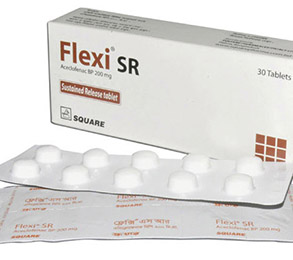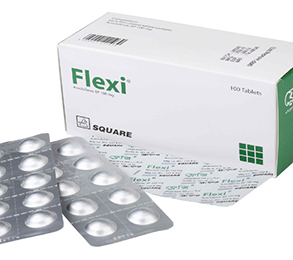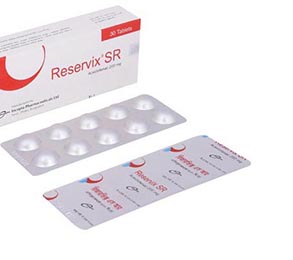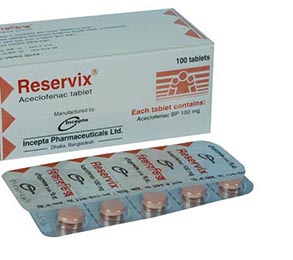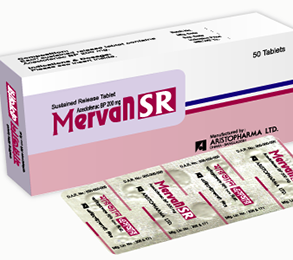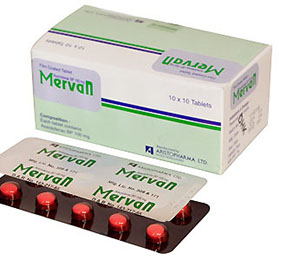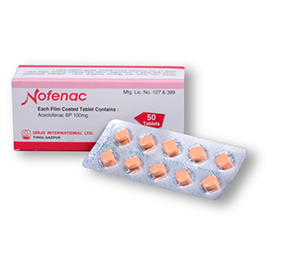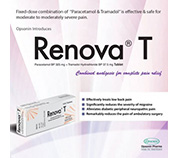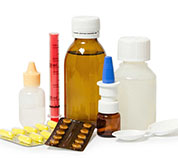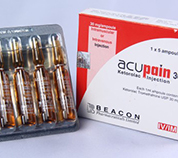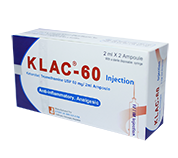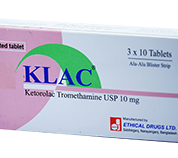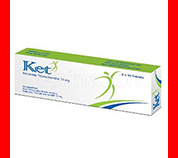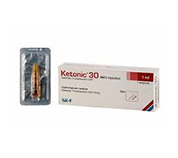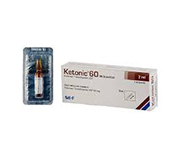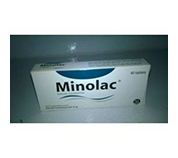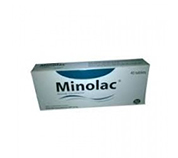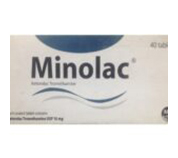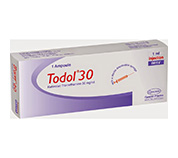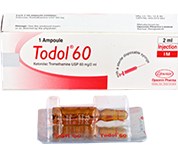Coluric Tablet 0.6 mg 1 Pcs
Alternative products
Colchicine
Indications
Colchicine are indicated for treatment of acute gout flares. And also indicated in Familial Mediterranean fever (FMF) in adults and children 4 years or older.
Description
Colchicine is FDA-approved to help prevent gout and to treat sudden severe attacks of gout. In gout, crystals of uric acid are deposited in certain joints. White blood cells migrate to the areas of the body where uric acid has been deposited. They attempt to engulf the crystals, and as a result, lactic acid and pro-inflammatory enzymes are released. These substances give rise to the characteristic pain and swelling of gout. Colchicine inhibits the migration of the white blood cells into the inflamged area, causing a reduction in pain and inflammation.
Pharmacology
An acute attack of gout apparently occurs as a result of an inflammatory reaction to crystals of monosodium urate that are deposited in the joint tissue from hyperuric body fluids; the reaction is aggravated as more urate crystals accumulate. Leukocytes migrate to the sites where urate crystals have been deposited and try to engulf the crystals by phagocytosis. As a result lactic acid and proinflammatory enzymes are released which cause inflammation with severe pain, redness, and swelling of the affected joint. Lactic acid favors a local decrease in pH that enhances uric acid deposition. Colchicine inhibits the phagocytosis of uric acid by leukocytes & also diminishes the lactic acid production directly. Thus interrupts the cycle of urate crystal deposition and inflammatory response that sustains the acute attack of gout.
Colchicine is absorbed when given orally, reaching a mean Cmax of 2.5 ng/mL (range 1.1 to 4.4 ng/mL) in 1 to 2 hours after a single dose administered under fasting conditions. The mean apparent volume of distribution is approximately 5 to 8 L/kg. Colchicine binding to serum protein is low (39 ± 5%), primarily to albumin regardless of concentration. CYP3A4 is involved in the metabolism of Colchicine to 2-O-demethylcolchicine and 3-O-demethylcolchicine. Plasma levels of these metabolites are minimal (less than 5% of parent drug). Following multiple oral doses (0.6 mg twice daily), the mean elimination half-life is 26.6 to 31.2 hours.
Dosage & Administration
Acute gouty arthritis:
- First dose- 1 to 1.2 mg (two 0.5 mg or two 0.6 mg tablets) at a time every 2 hours until pain and inflammation aborted.
- The total amount of colchicine needed to control pain and inflammation during an attack usually ranges from 4 to 8 mg.
- Articular pain and swelling typically reduced within 12 hours and are usually gone in 24 to 48 hours, An interval of three days between colchicine courses is advised in order to minimize the possibility of cumulative toxicity.
For prophylaxis during intercritical periods:
- To reduce the frequency of their severity, colchicine may be administered continuously.
- In patients who have less than one attack per year, the usual dose is 0.5 or 0.6 mg per day, three or four days a week.
- For cases involving more than one attack per year, the usual dose is 0.5 or 0.6 mg daily.
- Severe cases may require two or three 0.5 mg or 0.6 mg tablets daily.
For prophylaxis against attacks of gout in patients undergoing surgery:
- In patients with gout, an attack may be precipitated by even a minor surgical procedure. One 0.5 mg tablet or one 0.6 mg tablet three times daily should be administered for three days before and three days after surgery.
* চিকিৎসকের পরামর্শ মোতাবেক ঔষধ সেবন করুন'
Interaction
Co-administration of P-gp and/or CYP3A4 inhibitors (e.g., clarithromycin or cyclosporine) have been demonstrated to alter the concentration of Colchicine
Contraindications
Patients with renal or hepatic impairment should not be given Colchicine in conjunction with Permeability glycoprotein (P-gp) or strong CYP3A4 inhibitors (e.g., clarithromycin or cyclosporine).
Side Effects
Blood dyscrasias: Myelosuppression, leukopenia, granulocytopenia, thrombocytopenia, and aplastic anemia have been reported. Diarrhea and pharyngolaryngeal pain may occur.
Pregnancy & Lactation
Pregnancy Category C. There are no adequate and well-controlled studies with Colchicine in pregnant women. Colchicine is excreted into human milk. Caution should be exercised when administered to a nursing woman.
Use in Special Populations
Pediatric Use: Gout is rare in pediatric patients. Safety and effectiveness of Colchicine in pediatric patients have not been established.
Overdose Effects
The exact dose of colchicine that produces significant toxicity is unknown. Fatalities have occurred after ingestion of a dose as low as 7 mg over a 4-day period, while other patients have survived after ingesting more than 60 mg. A review of 150 patients who overdosed on colchicine found that those who ingested less than 0.5 mg/kg survived and tended to have milder toxicities, such as gastrointestinal symptoms, whereas those who took 0.5 to 0.8 mg/kg had more severe reactions, such as myelosuppression.
Therapeutic Class
Drugs used in Gout
Storage Conditions
Store below 30°C temperature. Protect from light and moisture. Keep the medicine out of reach of children.
- Type Tablet
- Tag
- Morbi leo risus
- Porta ac consectetur ac
- Vestibulum at eros






